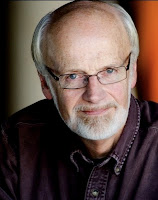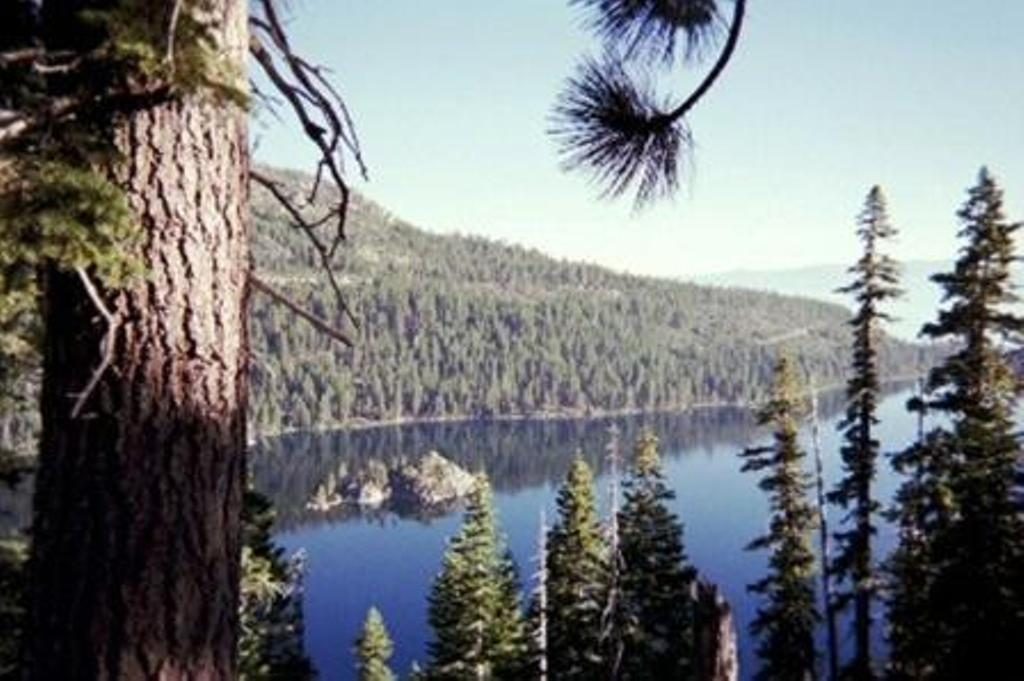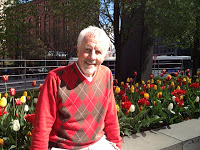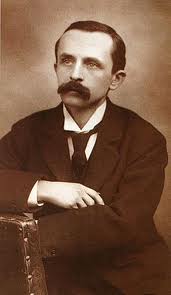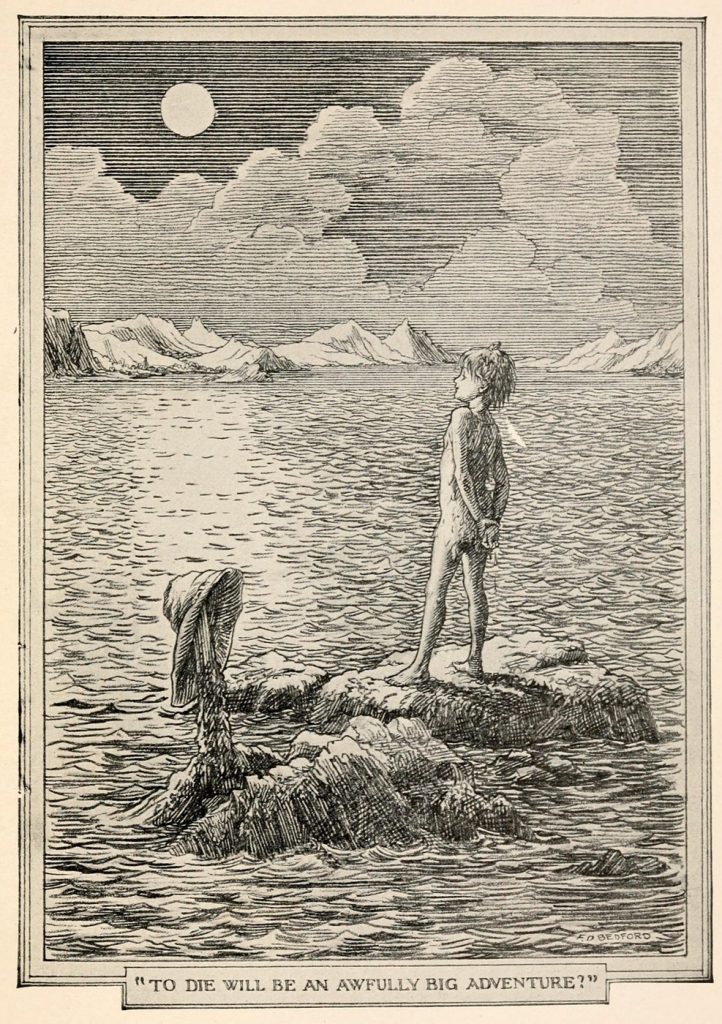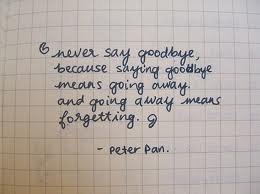It was a little over 4 years ago that I got the nerve to go to the Gay Pride activities at Civic Center. I had gone about 15 years ago and ran into someone that I knew and at that time I was so far in the closet that I couldn’t admit even to myself that I was fascinated and curious about the gay culture. Having seen someone that recognized me freaked me out. So after all those intervening years, I finally got up enough nerve to check things out again. My problem wasn’t with being gay, but with other peoples’ reactions. But now I was retired and my only concern would be my kids’ reactions. I figured it didn’t matter much at this point in my life now that they were grown. But I saw no point in saying anything unless I had a lover. I didn’t know much about gay culture and was uncomfortable with going to bars, straight or gay. And for the most part I was unaware of the gay activities and groups where I might meet others and learn about these things.
So I leisurely strolled around Civic Center Park and observed, but without much understanding of the goings on. I was approached by this elderly man who handed me a green card about a luncheon held on Wednesdays with a group of gay men called the Prime Timers. The little gentleman I later got to know. His name was Francis Acres and I credit him with opening the door for me to discover a part of myself that was yearning for expression and acknowledgement. At the time I thanked Francis for the invitation and stuck the green card in my pocket fully intending to trash it when I got home. However just as I was about to throw it in the garbage I looked at it again. Suddenly it seemed like it was the thing I had hoped for. I called the telephone number on the card and left a message for someone to call me with more information. I didn’t get a response. On Wednesday I called the 20th St Café where the “Nooners” luncheon was held and found out the time it started. Not knowing how long it would take by bus, I got there quite early. Don Harvey and Jim Michaels were there, greeted me and explained the procedure for buying the lunch and some information about the group. I watched as the members came in and had my first exposure to a gay activity. By the third Wednesday I joined Prime Timers and have been going to events and activities ever since. I started going to the Monday “Coffee Tyme” where last year, I met my lover. Slowly I was feeling more and more comfortable with the group activities and discovered that many older men had also been married, raised children and came out late in life. Others have always been gay while a couple of the guys I met were not only out, but still married. I was no longer the only one with a family and straight friends. I got involved in The Denver Church, later to be known as The Center for Spiritual Living-Denver. And about 2 1/2 years ago, I started going to activities at the GLBT Center.
When I met my first lover at “Nooners,” I finally told my kids. A surprise to me, they all said that they had always known. My oldest daughter said, “I knew you were gay before you did! Ha, ha, ha.”
Now on Mondays we go to the Telling Your Story group, of which this writing is for this week. On Tuesdays is the Men’s Coffee group. Wednesdays is “Nooners,” Thursdays I go to The Open Art Studio and on Fridays I volunteer at the front desk. “Nooners” on Wednesday and The Center for Spiritual Living on Sundays are the only regular activities not at the GLBT Center. Of course there are other activities now and then, some monthly, others only one time events, others a few times a year. We also belong to the Colorado Front Rangers.
Except for Sunday, Thursday and Friday, while I am either at one or the other Centers and while Merlyn is at the Gym, both of us are always together.
I’m now experiencing one of the most rewarding and happy periods of my life. I am very comfortable being myself and doing things I would never have done in the past. I went to the celebration of the repeal of “Don’t Ask, Don’t Tell” with my two lovers dressed in drag, fulfilling a fantasy I have had for a long time. I rode sitting on the back of convertibles in two Gay Pride Parades, waving like the queen that I have become. Last month I had 4 outfits, including 4 wigs and 3 pairs of shoes as I participated as Queen Anne Tique in The Gray Stocking Review. I am recognized by people that I don’t remember meeting because I’m almost always wearing large and often unusual gages. Gages is the name the kids use for body jewelry worn in piercings. Many of mine are 0 gage. I only wear 6 gages in my nipples. I also have a few tattoos, even though there is nothing particularly gay about that.
A comment that I make perhaps too often is, “I was born a king, but it took me 70 years to become the queen I am today!”
When interviewed by Channel 4 after the vote to repeal “Don’t Ask, Don’t Tell,” I looked so gay, it even surprised me when I saw it on the news. The anchor introduced the interview with this statement, “Michael King, a gay activist.” When I heard that remark, I realized that I now have a mission. I will let everyone know that I love being myself. So I guess that by now, I’ve truly broken into gay culture almost totally and feel so wonderful for having done so.
About the Author
I go by the drag name, Queen Anne Tique. My real name is Michael King. I am a gay activist who finally came out of the closet at age 70. I live with my lover, Merlyn, in downtown Denver, Colorado. I was married twice, have 3 daughters, 4 grandchildren and a great grandson. Besides volunteering at the GLBT Center and doing the SAGE activities,” Telling your Story”,” Men’s Coffee” and the “Open Art Studio”. I am active in Prime Timers and Front Rangers. I now get to do many of the activities that I had hoped to do when I retired; traveling, writing, painting, doing sculpture, cooking and drag.


